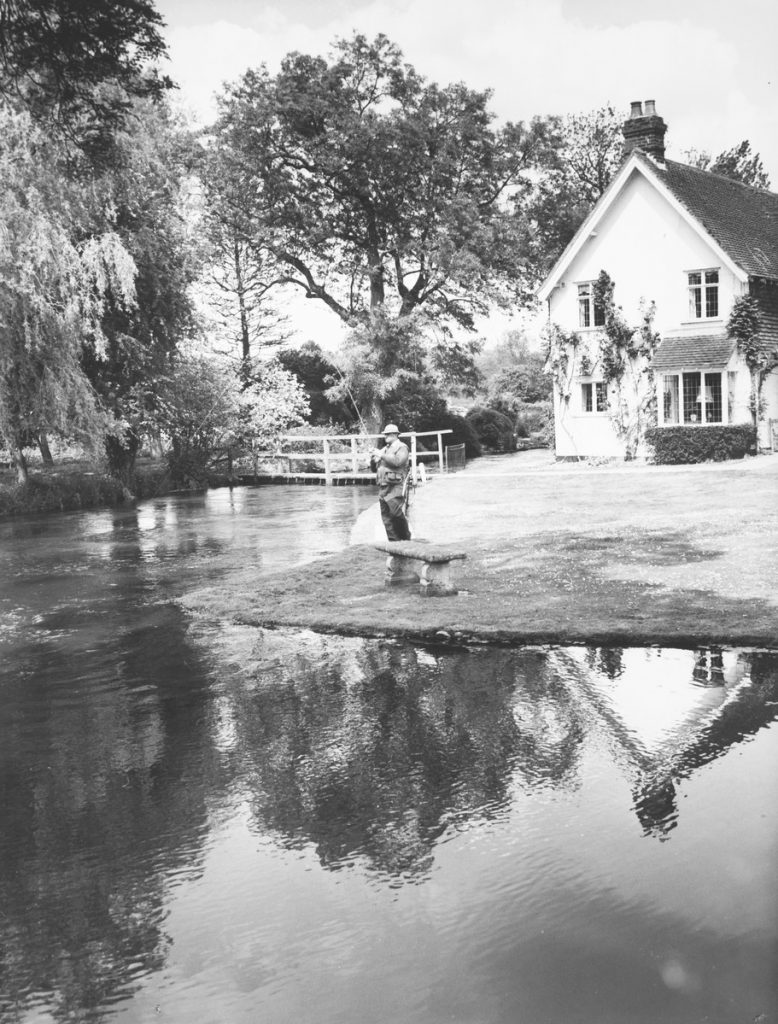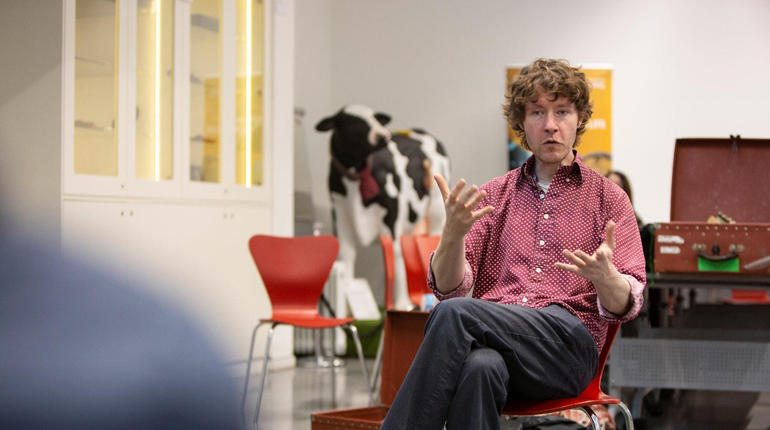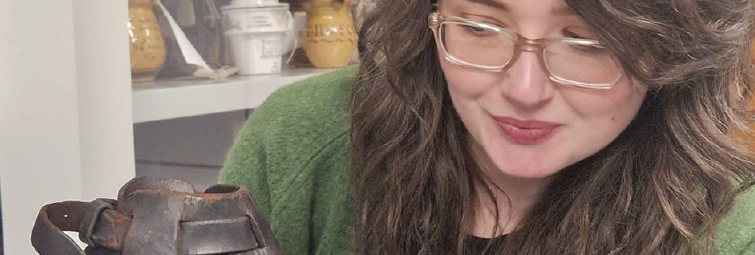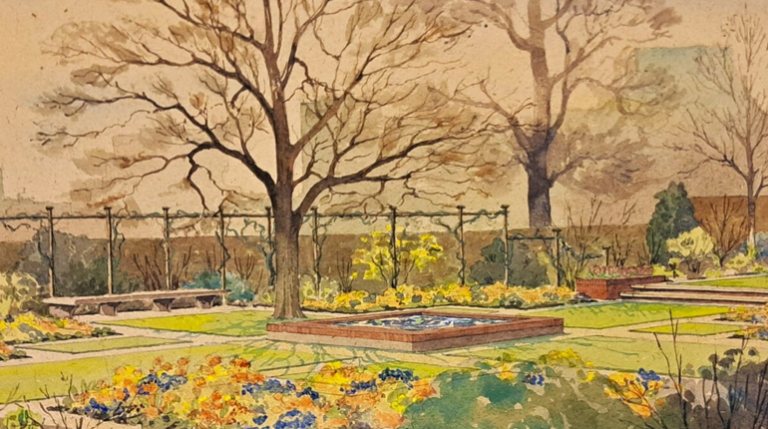The Last Dipper by Pete Flood
Pete Flood reflects on how his MERL residency inspired his new work
-
Author
- Alison Hilton
-
Published Date
- January 15, 2020

<Pete Flood and Jackie Oates have spent the last two years as folk musicians-in-residence at The MERL, supported by EFDSS, working on projects inspired by the museum’s themes and collections. Last year, Pete ran workshops with young percussionists focusing on ‘rough music‘, tackling issues of bullying and exclusion. Now, ahead of a final performance at South Street Arts Centre to mark the culmination of the residencies, Pete reflects on how the MERL collection inspired his work.
The starting point for this project was a photograph I found in the MERL archive. The photo showed a fisherman, Jack Shepherd, standing on the banks of the River Itchen in Itchen Stoke, Hampshire. Jack taught me to fish, or at least he tried manfully while I stared at birds and plants. He was part of a generation whose lives were deeply enmeshed with the river: cress farmers, river keepers, and meadow drowners whose voices are now disappearing. There’s a parallel with the wildlife that we are losing, as the river becomes forgotten by the bustling town on its banks, and the creatures that used to live in it become forgotten by a screen-tethered population.

I grew up in the upper Itchen Valley. My parents had bought a decaying mill house on the River Arle soon after they moved to the UK from Texas in the 60s, and the crashing of waterfalls became the sonic canvas of my youth. It was the most charmed time. Derelict cressbeds and feeder streams were my playground, and we took bricks and slates from skips and building sites to construct waters gardens for crab apple boats. There’s a magic realist cast to many of my memories of nature back then. Things happened then which are now untranslatable. My sister found a dying fish, whiskered and spiny, in a cressbed. Was it a sturgeon? Once an eel reared up at me out of the river mud and for a second I was eye-to-eye with it and saw it down to the finest detail – the glisten of water on its teeth. And there was a bird on the far feeder stream that would perch on stones just below the water line, and scuttle down into the flow – a dipper, although I didn’t know this until many years later when dippers were birds of the uplands and most of us assumed it had always been that way. Shifting baseline syndrome in action.
The Itchen is a chalkstream, one of about 260 in the world. That makes it, as an ecosystem, a good deal rarer per square metre than the Amazon, if maybe not so wildly biodiverse. The very thing that makes it so rare – clear, pure water – also made it attractive to human settlers. These days the river is diminished and polluted. Abstraction, agriculture and runoff from the towns along its banks have adversely affected the quality and quantity of its water, while drainage had destroyed many of the fen meadows long before I came to know it. The town at the top of the valley, Alresford, continues to grow, heedless of the consequences for the river that once courted it. For many of the townspeople, the only rivers that impinge on their day-to-day consciousness are the roads and railways that take them to work and back.
I set about interviewing people who knew the Itchen. Garry Allam, a cress farmer told me eye-watering stories about life as an agricultural labourer in the recent past. Jayne Chapman, a conservationist, remembered the vibrancy of life in her childhood. Roger Harrison, a fisherman with a a lifetime of experience on the river, waxed passionately about the devastation caused by the upstream salad-washing plant, and the inability of environmental organisations to put an end to it. Many others were kind enough to allow me to quiz them, in a spot of their choosing on the banks of the river. I became obsessed with field recordings too, getting up in the early hours to catch dawn choruses, making a homemade hydrophone to record the river from underwater, and obsessing over the melodic quality of fast running water.
And now, roughly a fortnight before the performance, I have mountains of good material, and a strong sense of having bitten off far more than I can chew. Why is it that the stories that are closest to us are often the hardest to tell? Thankfully I’m joined by an old friend – the phenomenal violinist Alison Blunt. We’re looking at songs collected from the valley, but also at what I call walking saws – the simple tunes that spring to mind unbidden on the course of walking the riverbanks, paths and lanes. According to the step counter on my phone, I walked 3.5 million steps last year, by far the most of them in the Itchen Valley – hopefully that’s translated into something musically compelling!

You can see Pete’s performance of ‘The Last Dipper’ at South Street Arts Centre on Saturday 25th January, where Jackie Oates will also be performing her final piece, ‘Lace Tellings: a radio ballad’. (Read about that here) Find out details and book tickets here.





